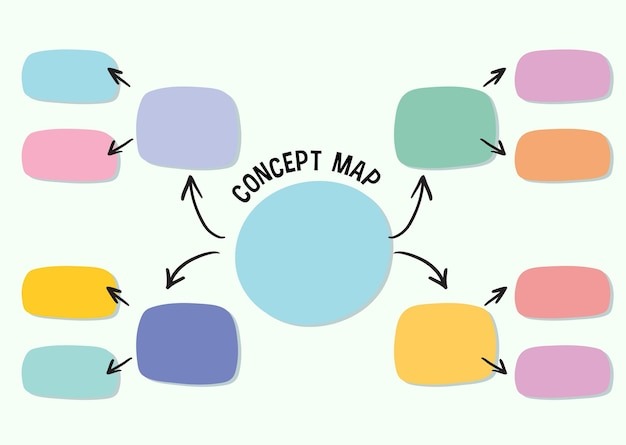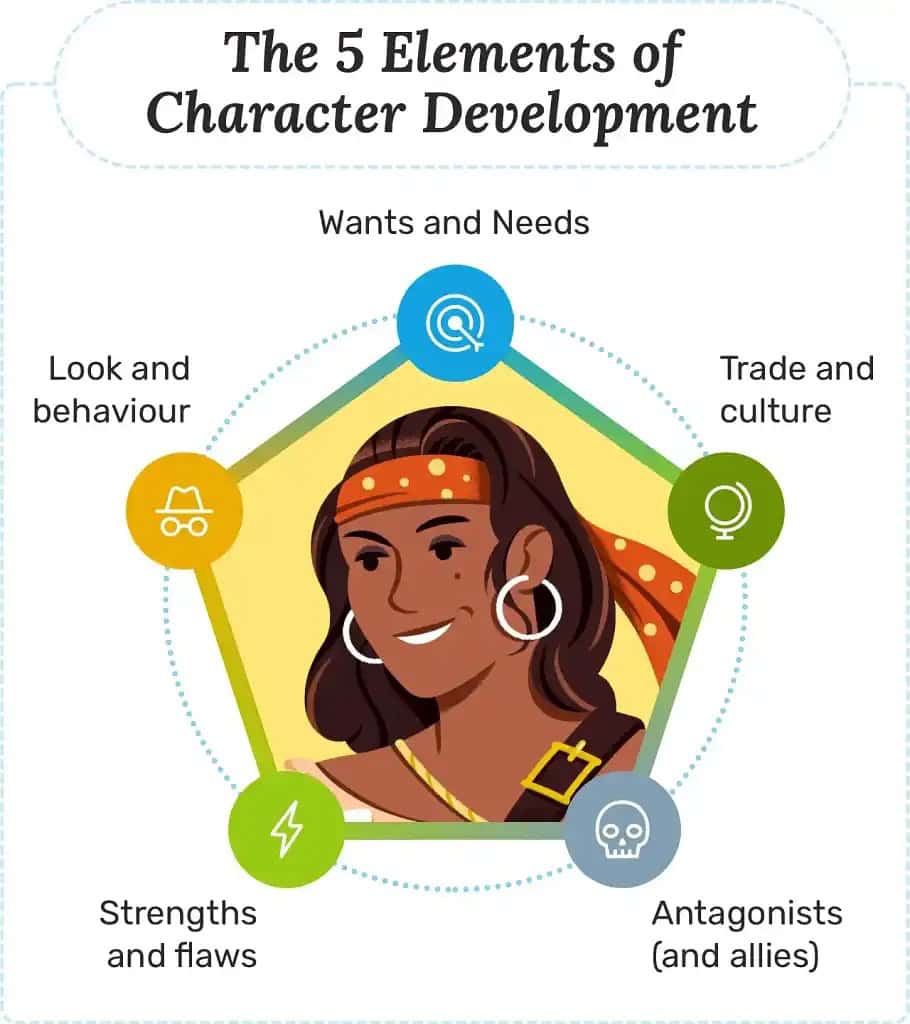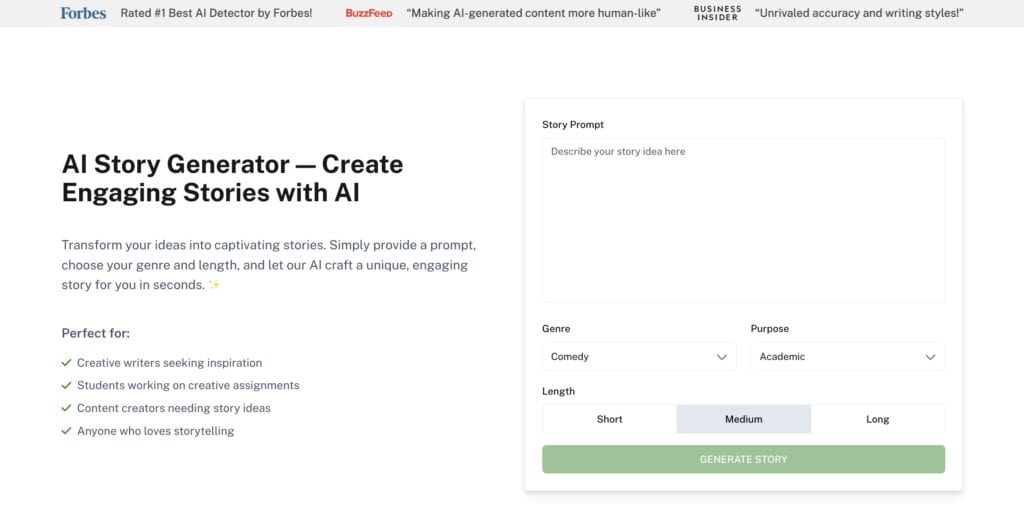Ever caught yourself daydreaming about penning the next great short story? You’re not alone.
Short stories are like bite-sized novels, packing all the punch of a full-length book into just a few thousand words. But here’s the kicker: writing them isn’t as easy as it sounds.
Don’t worry, though. Whether you’re a budding Hemingway or just looking to flex your creative muscles, this guide’s got your back.
We’ll walk through the process step-by-step, from brewing up ideas to polishing your final draft.
And hey, who knows? Maybe that story kicking around in your head will be the next big thing on the literary scene.
So grab your favorite beverage, find a cozy spot, and let’s dive into the world of short story writing.
Key Takeaways
- A great short story includes four essentials: a strong hook, central conflict, dramatic climax, and a thoughtful resolution that leaves readers thinking.
- Keep your focus narrow — one main character, one primary conflict, and one core theme — to make the most of your limited word count.
- Use mind mapping and AI tools for brainstorming story ideas, but let your own creativity and voice lead the way; tools like Undetectable AI can help refine phrasing and maintain natural flow.
- Build vivid characters through action and dialogue, pace your story with tension, and use concise scenes that move the plot forward.
- After writing your draft, use AI-assisted tools to polish grammar, improve readability, and humanize tone — ensuring your story feels authentic and engaging before publishing or submitting.
Step 1: Understand the Structure of a Short Story
First things first, let’s talk structure. Short stories aren’t just mini-novels. They’ve got their own unique blueprint.
Know the Essential Story Elements
Every good short story has four key ingredients:
- Introduction (hook): This is where you grab your reader by the collar and say, “Hey, pay attention!” It could be a killer first line, a weird situation, or a character so intriguing that readers can’t help but want to know more.
- Conflict (problem): No conflict, no story. Simple as that. Your character needs to want something badly, and something (or someone) needs to stand in their way.
- Climax (turning point): This is the big showdown, the moment of truth. It’s where your character faces their biggest challenge and either wins or loses.
- Resolution (solution): Wrap it up, but don’t tie it with a bow. The best short story endings often leave readers thinking long after they’ve finished reading.
Understanding Length and Focus
According to KSU, short stories typically run between 1,000 and 5,000 words. That’s not a lot of real estate, so you’ve got to make every word count.


Never Worry About AI Detecting Your Texts Again. Undetectable AI Can Help You:
- Make your AI assisted writing appear human-like.
- Bypass all major AI detection tools with just one click.
- Use AI safely and confidently in school and work.
Focus on one main character, one central conflict, and one primary setting. Multiple subplots? Save those for your novel.
Step 2: Develop Your Story Ideas
Now that you’ve got the basics down, it’s time to flex those creative muscles. But where do you start?
Mind Mapping: Break Down Different Aspects of a Theme

Grab a piece of paper and write your theme in the middle. Now, let your mind wander.
What does this theme make you think of? Characters? Settings? Conflicts? Jot everything down, no matter how weird or wild. You never know what might spark your next great idea.
AI Tools for Inspiration
Stuck? Don’t sweat it. AI tools can be a goldmine for story ideas. They can suggest prompts, themes, or character traits that might jumpstart your creativity.
Popular tools like ChatGPT are perfect for generating ideas and overcoming writer’s block.
They’re not only great for brainstorming but can also simulate dialogue or provide feedback on story structure.
Just remember, the AI is there to inspire, not to write the story for you. Your unique voice is what will make your story shine.
However, if you’re looking to refine or polish AI-generated content, tools like Undetectable AI can be invaluable.
Unlike traditional AI, Undetectable AI is specifically designed to help students and writers create content that reads as if it were crafted by a human hand.
It can smooth out awkward phrasing, add natural language nuances, and even enhance readability, ensuring your text resonates with authenticity.
With tools like this, you can take AI-assisted writing to the next level, combining the efficiency of AI with a personal touch that’s undetectable yet compelling.
Step 3: Create Interesting Characters
Characters are the heart and soul of your story. Without compelling characters, even the most exciting plot will fall flat.
How to Develop Characters in Short Stories?
Remember, in a short story, you don’t have time for lengthy backstories. Instead, show who your characters are through their actions and dialogue.
Reveal your characters’ essence through how they behave, what they say, and how they interact with others.
- Give them a goal: What does your character want more than anything?
- Create obstacles: What’s stopping them from getting it?
- Show their flaws: Perfect characters are boring. Give them quirks, fears, or bad habits.
- Let them surprise you: Sometimes, the best character moments come when they do something unexpected.
In the same way an actor brings depth to their performance with limited screen time, you can create rich, memorable characters in a few carefully chosen scenes.
Character building focuses on the small details and lets those speak volumes, and it is essential for creating depth and believability in your story’s cast.

By showing rather than telling, you not only make your characters more vivid but also allow readers to engage more deeply, filling in the blanks with their own interpretations.
In short stories, it’s this efficiency and immediacy that brings characters to life in the minds of your readers.
Step 4: Outline Your Short Story
I know, I know. Outlining isn’t the most exciting part of writing. But trust me, it’s a lifesaver when you’re knee-deep in your story and can’t remember where you were going with that brilliant plot twist.
How to Break Down Your Story into Scenes
Think of your story as a sequence of scenes—much like moments in a film. Each scene should serve a clear purpose and keep the reader engaged.
As you plan, make sure each scene does one or more of the following:
- Move the plot forward
- Reveal something about your characters
- Builds tension or raises the stakes
Write a brief summary for each scene before you start drafting. This simple roadmap will help you stay focused, organized, and consistent as you develop your story.
Step 5: Write Engaging and Authentic Dialogue
Good dialogue can make or break a story. It needs to sound natural, reveal character, and move the plot forward. All at the same time. No pressure, right?
Here are some tips:
- Read it out loud. If it sounds awkward when you say it, it’ll sound awkward when your reader reads it.
- Give each character a unique voice. A teenager shouldn’t sound like a college professor (unless that’s part of their character).
- Cut the small talk. In real life, we say “um” and “uh” a lot. In fiction, that stuff is boring. Get to the meat of the conversation.
Step 6: Focus on Story Pacing and Tension
Pacing is all about controlling the speed of your story. You want to keep your readers on the edge of their seats, not putting them to sleep.
Sometimes, giving away a key piece of information can actually create more tension in a viewer’s mind than if you were to hold back.
Master of suspense Alfred Hitchcock once explained, “There is a distinct difference between ‘suspense’ and ‘surprise,’ and yet many pictures continually confuse the two.”
According to Hitchcock, suspense is about letting the audience in on a secret and then letting them experience the anticipation of what’s to come.
So, what are the best techniques for building tension?
- Use short sentences and paragraphs during intense moments. It speeds up the reading pace.
- Drop hints about future conflicts. Make your readers worry about what’s coming next.
- Use cliffhangers at the end of scenes. Make it impossible for your reader to stop reading.
Remember, in a short story, you don’t have time for long, meandering descriptions. Keep things tight and focused.
Step 7: Revise and Refine Your Story with AI Assistance
Congrats! You’ve got a first draft. Now comes the fun part: revision. (Okay, maybe it’s not everyone’s idea of fun, but it’s where the magic happens.)
Did you know that even the most meticulous writers still make grammar mistakes in their drafts?
Thankfully, there are plenty of AI tools that can lend a hand. From catching those pesky grammatical errors to suggesting more precise word choices, these tools help streamline the revision process.
But remember, they’re only tools—not a substitute for your own judgment.
For example, humanizer tools can make a big difference in how your dialogue flows, ensuring that it sounds natural and keeping your tone consistent.
Ultimately, the goal is to enhance your voice, not replace it.
Tools like Undetectable AI are particularly useful here, as they help refine your writing, adding a natural touch while ensuring your words still feel authentically yours.

This way, you’re not just fixing mistakes; you’re polishing your story to make it truly shine.
Step 8: Publish and Promote Your Short Story
You’ve written it, revised it, and polished it until it shines. Now what? Time to get your story out into the world!
- Look for literary magazines or online publications that accept short stories.
- Consider self-publishing platforms if you want more control over your work.
- Share excerpts on social media to build buzz.
- Join writing communities to connect with other authors and potential readers.
Remember, rejection is part of the process. Even the greats got turned down sometimes. Keep submitting, keep writing, and keep believing in your work.
How to Use Undetectable AI to Refine Your Short Story
Once you’ve revised your draft, you can take your story a step further by running it through Undetectable AI.

You can even use Undetectable AI’s Story Generator to explore alternative plot directions, strengthen scene ideas, or spark new creative angles before you finalize your revisions.
This tool helps you smooth out awkward phrasing, fix stiff dialogue, and ensure your narrative reads naturally without losing your unique style.
Unlike traditional AI editors, Undetectable AI focuses on enhancing your voice rather than rewriting it into something generic.
It keeps your tone consistent, polishes your sentences, and adds subtle human nuances that elevate the readability of your story.
With Undetectable AI, your short story feels clean, confident, and ready to share with readers.
Ready to elevate your writing? Use the widget below to test the tool in just one click!
Conclusion
Whew! We’ve covered a lot of ground, haven’t we? From brewing up ideas to getting your story out into the world, writing a short story is one wild ride. But here’s the thing: it’s also incredibly rewarding.
There’s nothing quite like the feeling of bringing characters to life, of crafting a world from nothing but your imagination and a blank page. It’s challenging, sure, but that’s what makes it worth doing.
So, what are you waiting for? Take these steps, mix them up, make them your own. The most important thing is to start writing. Your story is waiting to be told, and only you can tell it.
Remember, every great writer started exactly where you are right now. They had an idea, they sat down, and they wrote. Some days the words will flow like magic, others will feel like pulling teeth.
But if you keep at it and pour your heart onto the page, something amazing will happen.
You’ll have written a short story. Your short story. And trust me, there’s no feeling in the world quite like it.
As you refine your work, remember that tools like Undetectable AI are there to help you fine-tune your words, keeping your unique voice while adding that final polish.
Now go on, get writing. Your readers await.
